Home » Training » Project & Engineering Management Training Courses » Project Risk and Opportunity Management
Project Risk and Opportunity Management
Learn via this 3-day course the extra, formalized set of techniques that can be applied to great benefit to manage risk and opportunity.
- 3 Days
- Corporate Delivery (In-person or online)
- Certificate upon completion
- Professional Development Credits
Get Started Today
Register your interest now.
Let's Talk
Whether you have a question or are looking to find out more about our training options then please get in touch with us below.
- Summary
- Course Overview
- Course Outline
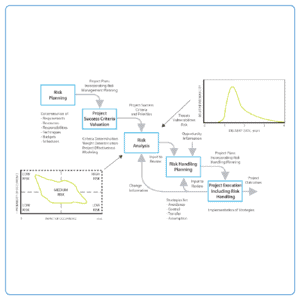 Project risk and opportunity management is a set of management techniques aimed at ensuring that actual and planned project outcomes at least coincide, or are exceeded. As such, project risk and opportunity management is practiced by the great majority of project planners, project managers, and their staff. Risk and opportunity management influence nearly every facet of planning and conducting a project, or at least, they should do so. This course exposes the levers available – threat, vulnerability, probability, and value, and how to exploit them to maximize value delivery.
Project risk and opportunity management is a set of management techniques aimed at ensuring that actual and planned project outcomes at least coincide, or are exceeded. As such, project risk and opportunity management is practiced by the great majority of project planners, project managers, and their staff. Risk and opportunity management influence nearly every facet of planning and conducting a project, or at least, they should do so. This course exposes the levers available – threat, vulnerability, probability, and value, and how to exploit them to maximize value delivery.
Risk and opportunity are different but intimately related concepts. A decision that minimizes risk in isolation may on the surface appear to be a good decision, but may in fact be a very bad decision when opportunity is factored in. The aim in fact is to maximize value delivered by the project, not to minimize risk per se.
This course deals with that extra, formalized set of techniques that can be applied cost-effectively to manage risk and opportunity within those projects that are unlikely to proceed to plan or better without specific focus on risk and opportunity. The majority of public sector information technology, defense, aerospace and infrastructure projects above a few million dollars of value are in this category, as are many projects conducted for internal customers in all sectors, and entrepreneurial product development projects in the commercial sector. This course establishes a framework for application of formal risk and opportunity management to significant projects, and imparts to participants a capability to select and implement appropriate risk and opportunity management techniques within that risk and opportunity management framework.
- This course may be credited toward the maintenance of the INCOSE Certified Systems Engineering Professional (CSEP) certification for 24 Professional Development Units and PDUs may be claimed for PMI’s family of certifications, including PMP
- This course qualifies for Engineers Australia and Engineering New Zealand (IPENZ) CPD purposes (24 hours)
- This course may qualify for CPD, CLP and similar purposes with other organizations (24 instructor hours)
- This course may be credited toward the maintenance of the Project Management Institute (PMI) certifications. Suggested PMI Talent Triangle® PDU allocation:
- Ways of Working – 19
- Power Skills – 1
- Business Acumen – 4
Let’s Talk
Whether you have a question or are looking to find out more about our training options then please get in touch with us below.
Key Learning Objectives
At the conclusion of this course, participants are expected to have a good working knowledge of risk and opportunity in a project context, sufficient to make, or contribute to, good decisions regarding project planning and execution from a risk and opportunity perspective. Participants will be better equipped to perform as program managers, project managers, team leaders, and leaders of functional areas. Participants who are practicing engineers will be better equipped to make sound engineering decisions in the presence of risk and opportunity.
Training Method and Materials
The course is delivered using a balanced combination of video, presentation, workshops and other group activities. The workshops are focused on putting into practice the techniques covered in the presentation and video, to reinforce learning and to achieve understanding.
Instead of presenting a lot of content and hoping that something will ‘stick’, the course utilizes advanced adult learning techniques optimized for the type of content that needs to be mastered. Throughout the course, there is a strong focus on interaction, variety, the social aspects of learning, and integration with the learner’s existing knowledge framework. In particular, the Question & Answer sessions are addressed in a format that provides adequate time for the content to be reflected upon and understood. The result is a highly engaging three days matched with a high degree of subject mastery. Our approach to the training is based on over 20 years of sound experience in adult learning.
Participants are provided with a set of comprehensive bound course notes covering the presentation material, textual inserts and workshop exercises, a Workshop Workbook, and other materials and checklists for future reference and use.
Some Key Questions
- What is risk?
- What is opportunity?
- Why is there a tendency to focus on risk management alone? Is this justified?
- Why are acquirer and supplier (internal or external) risk and opportunity management programs fundamentally different?
- Is there any difference between project management and risk management?
- What expenditure can be justified for risk management?
- What are the most common sources of risk for projects in general?
- What are the most common sources of risk for large, complex technical projects?
- How do threat and vulnerability relate to risk? How can we benefit from these distinctions?
- What risk management techniques are available?
- How do quantitative and qualitative risk analysis methods differ?
- Which risk management techniques are the most effective?
- Can risk and opportunity-related software tools help? What tools?
- How can the risk and opportunity management function be most effectively achieved within a project organization?
Who Should Attend This Course?
This Project Risk and Opportunity Management course is designed for anyone who makes project-related decisions in the presence of uncertainty. The course will be of particular value to program managers, project sponsors, project managers and their planning advisers, technical managers, business analysts, project engineers, system engineers, software developers, engineers of all other types, logistics personnel, and those responsible for the development of policy and processes in the fields of development, acquisition, and supply.
Course Availability
This course is available worldwide for public and on-site delivery (i.e. at client-provided facilities).
Do you Offer Tailoring of this Course?
Yes. All courses are tailored informally verbally in delivery by selecting, where possible, examples matched to the domains of interest to the class. We can also work with you to design a formally customized curriculum for the development of your people. We have done so for many client companies, and we would love to work with you to this end. We always suggest that a client takes the corresponding standard course prior to any customization. For systems engineering, this is because systems engineering is the problem-independent and solution technology-independent principles and supporting methods for the engineering of systems, based on systems thinking. So the objectives of customization need to be very clear and focused on adding further value. In practice, customization, if performed, usually becomes the replacement of examples and possibly the main workshop system with domain-specific equivalents. Substitution of the workshop system usually involves substantial redevelopment of courseware. Out of necessity, formal tailoring of courseware is performed on a fee basis.
0. Introduction
- The program
- Exercise: What are the biggest challenges that you face in your projects?
- Course logistics
- The state of project risk and opportunity management today
- Evidence of the value of risk and opportunity management
1. Risk and Opportunity Concepts and Terms
- Workshop 1-1: What is project risk management? What is project opportunity management? What is project risk and opportunity management?
- Workshop 1-2: Discuss and capture current perceptions of and relationships between key risk terms
- Important risk definitions and concepts- success criterion (objective), threat, vulnerability, risk and opportunity
- Perspectives on types and characteristics of risk
- Risk to whom? Considering project stakeholders
- Decomposing of threats and risks
- Workshop 1-3: Threat and vulnerability identification
- Risk-threat relationship
- Using countermeasures on threat to reduce risk
- Risk-opportunity relationships
- Workshop 1-4: Risk and opportunity identification
- Other risk and opportunity-related definitions and concepts
2. Projects and Risk
- Workshop 2-1: Case study – what went wrong and how could it have been prevented?
- Workshop 2-2: Own experience with the reality of risk on a project
- The reality of project performance
- Initiatives to improve project outcomes:
- Project Management Practice Guides, e.g. Project Management Body of Knowledge (PMBOK)
- Project Management Methodologies, e.g. Projects IN Controlled Environments (PRINCE2)
- Systems Engineering
- Lean
- Agile
- Why Risk and Opportunity Management
- When to apply project risk and opportunity management
- Risk and risk management basics
- Styles of development, related to risk
- Do’s and don’ts leading to potential sources of risk
- Workshop 2-3: Principles of risk and opportunity management
- Exercise – how could the content shared in this chapter have helped you on your own project
3. Risk Management Standards, Guides, Frameworks and Process Models
- International Standardisation Organisation (ISO)/Draft International Standard (DIS) 31000:2017- Risk Management
- ISO/International Electrotechnical Commission (IEC)/Institution of Electrical and Electronic Engineers (IEEE) 16085 Systems and software engineering — Life cycle processes — Risk management
- Project Management Institute (PMI) Practice Standard for Project Risk Management
- ISO/IEC 21500 Project Management Methodologies
- PRINCE2 Risk Management Methodology
- Other General Project Risk Management Frameworks
- A general project risk management framework (BSBPMG415) – Apply project risk management techniques (Australia)
- Domain-Specific Risk management standards
- ISO/IEC 27005:2008 on Information security risk management
- Central Computer and Telecommunications Agency (CCTA) Risk Analysis and Management Method
(CRAMM) - ISO 14971:2007 (EN) Application of Risk Management to Medical Devices
- Exercise – how could the content shared in this chapter helped you on your own project
4. Our Risk and Opportunity Management Process Model
- Recommended risk management process model, and why
- Perspectives in system acquisition
- Acquirer application to the system life cycle
- Supplier application to the system life cycle
- Developer application to the system life cycle
- Exercise: Could the use of a good risk management process have improved your own experience of risk on your project?
5. Success Criteria (Objectives) Analysis
- Overview of success criteria analysis and their valuation
- No value – no risk!
- Outcome valuation methodologies: Cost, Project and System Effectiveness Measures Identifying project success criteria
- Valuing project success criteria (objectives)
- Workshop 5-1: Developing a simple system effectiveness model
- Software support to success criteria valuation
- Workshop 5-2: Developing compromise impact values
- Exercise: Did you consider risk on your project with respect to valued outcomes? If not, how would such consideration have changed your perception of the risk?
6. Risk Identification and Analysis Techniques
- Risk indicators
- indicators of risk due to management
- indicators of risk due to requirements
- indicators of risk due to technology
- indicators of risk due to complexity
- indicators of risk due to lack of competencies
- Risk identification and analysis overview
- Top level risk matrix
- Workshop 6-1: Development of a risk matrix
- Expert interviews
- Industry Knowledge Base – Analogy comparison/lesson learned studies
- Technology readiness levels
- Estimating risk due to complexity
- Plan evaluation
- Transition templates
- Decision-event tree analysis
- Workshop 6-2: Construction of an Expected Monetary Value (EMV) decision tree
- Estimating relationship
- Network analysis
- Life cycle cost analysis
- Workshop 6-3: Review of LCC input & Monte Carlo analysis
- Cost risk/WBS simulation model
- Risk factors technique
- Workshop 6-4: Use of the risk factors technique
- Performance tracking
- Independent project assessment
- Independent cost estimating
- Earned Value Methodology
- Qualitative techniques for technology risk analysis – SDIO Method
- Workshop 6-5: Application of the SDIO method
- Other risk identification and analysis techniques
- Assumptions & Constraints Analysis
- Cause and Effect (Ishikawa) Diagrams
- Check Lists
- Critical Chain Project Management
- Schedule Compliance Risk Assessment Methodology (SCRAM)
- Failure Modes and Effects Analysis (FMEA)/Fault Tree Analysis/Event Tree Analysis
- Force Field Analysis
- Probability and Impact Matrix (PI-Matrix)
- Risk Workshops
- Root-Cause Analysis
- Strengths, Weaknesses/Limitations, Opportunities, and Threats (SWOT) Analysis
- System Dynamics/Influence Diagrams
- Variance and Trend Analysis
- Exercise: Which of these risk identification and analysis techniques would have been applicable to your projects? How would the use of such techniques have improved the success of your projects?
- Software support to risk identification and analysis
7. Risk Evaluation Techniques
- evaluation of risk against established risk acceptability criteria
8. Risk and Opportunity Handling
- Risk handling planning
- Risk handling techniques
- Risk handling plans (RHPs)
- Integration of risk handling planning with overall planning – e.g. the Project Plan (PP), Systems Engineering Management Plan (SEMP), Software Development Plan (SDP), etc.
- Risk handling in a concept phase
- Risk-driven development strategies
- System development methodologies and risk
- Acquirer assurance measures
- Supplier assurance measures
- Risk handling in a detail design phase
- Methodologies
- Aspects of risk handling special to software development
- Risk handling in production & deployment phases
- Typical risk areas
- Risk handling in operation & support (in-use) phase
- Risk introduced in operation
- Risk introduced in support
- Risk handling in a disposal phase
- Risk handling checklists
- Purchasing guidelines and risk
- Workshop 8-1: Use of risk handling strategies
- Lessons learned
- Exercise: Application of lessons learned
- Putting the RHPs into effect
- Software support to risk handling
- Exercise: Did you identify appropriate risk handling measures on your project? How would the use of such techniques have improved the success of your project?
9. Risk and Opportunity Management Planning
- Enterprise policies
- Risk and opportunity management within acquisition program planning
- Risk and opportunity management within system/product development planning
- Discrete risk management program planning
- Discrete risk planning of risk handling
- Developing a Risk Management Program Overview
- Estimating risk management project resources
- Organizing for effective risk management
- Selecting risk analysis techniques
- Maintaining the plans
- Workshop 9-1: Planning risk and opportunity management for a representative project
10. In Closing
11. Daily Exercises
- Exercise: What are the key DO’s and DON’Ts concerning risk and opportunity management that you can identify for your own situation?
- Exercise: What were your key learning points? What could you implement at work that will improve your current risk and opportunity management outcomes?
Featured Course Reviews

Excellent presenter’s skills and good use of anecdotes.
Participant, Australia
Sverdrup Technology

Excellent presenter’s skills and good use of anecdotes.
Participant, Australia
Sverdrup Technology

Learnt a lot of techniques and insights into risk management.
Participant, Australia
Army Technology and Engineering Agency

I enjoyed the presenter’s illustrations from personal experience - I also liked the logical/structured delivery of the subject matter.
Participant, Australia
Royal Australian Air Force

Very good introductory course.
Participant, Australia
Royal Australian Air Force

A lot of useful information and material on the subject which is particularly pertinent to my current activities.
Participant, Australia
Army Technology and Engineering Agency

Overall excellent!
Participant, Australia
Royal Australian Air Force

Excellent coverage - I am now able to apply it to my specific area of interest
Participant, Australia
Department of Defence (Navy)

I got a lot of value out of the course. The notes were particularly effective and will make a good reference base
Participant, Australia
Department of Defence (Navy)
More Courses For You
Engineering Successful Infrastructure Systems 5-Day
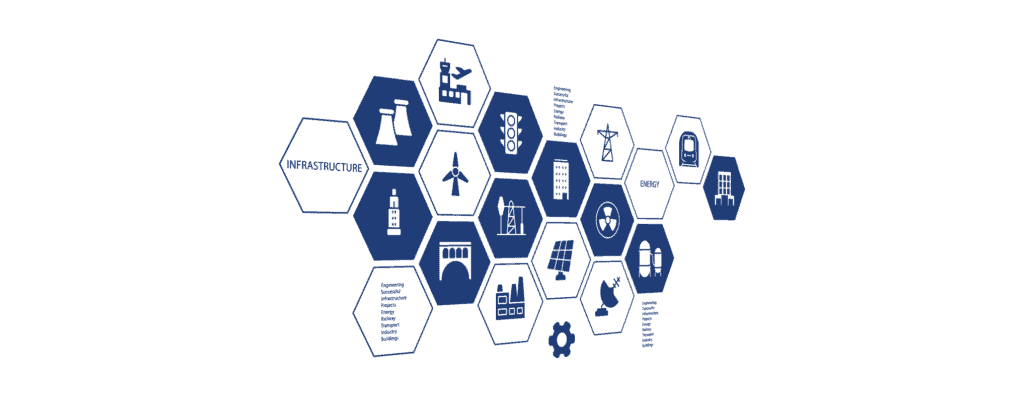
Improve infrastructure projects
Integrated Product Teams 2-Day

Create high performance teams
Interface Engineering and Management 2 Days or 4 Half-Days
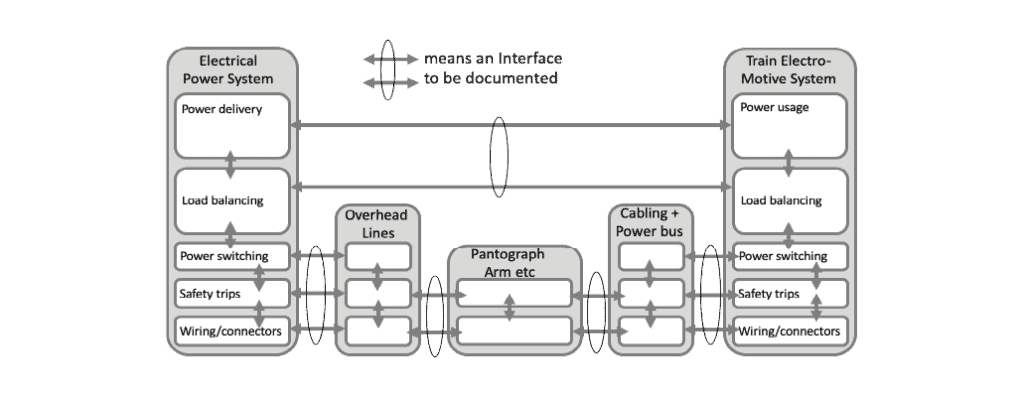
Avoid interface problems
Managing Technical Projects 2-Day

Successful technical management
Project Risk and Opportunity Management 3-Day
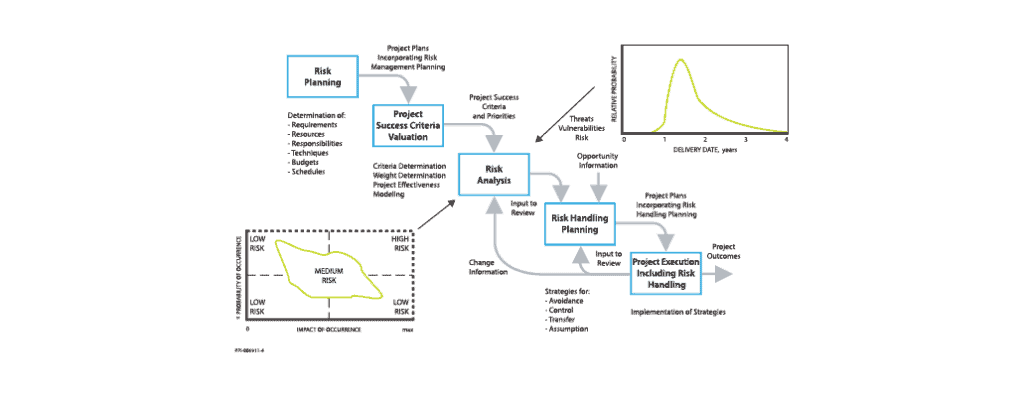
Managing risk & opportunity
Software Requirements Analysis & Specification Writing

Develop the right software
Systems Engineering Management 5-Day
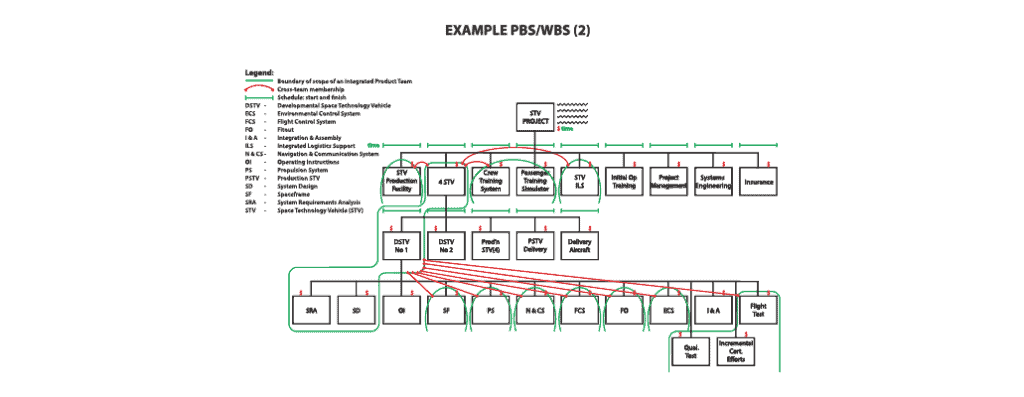
Achieve SE & Program/Project Management alignment
